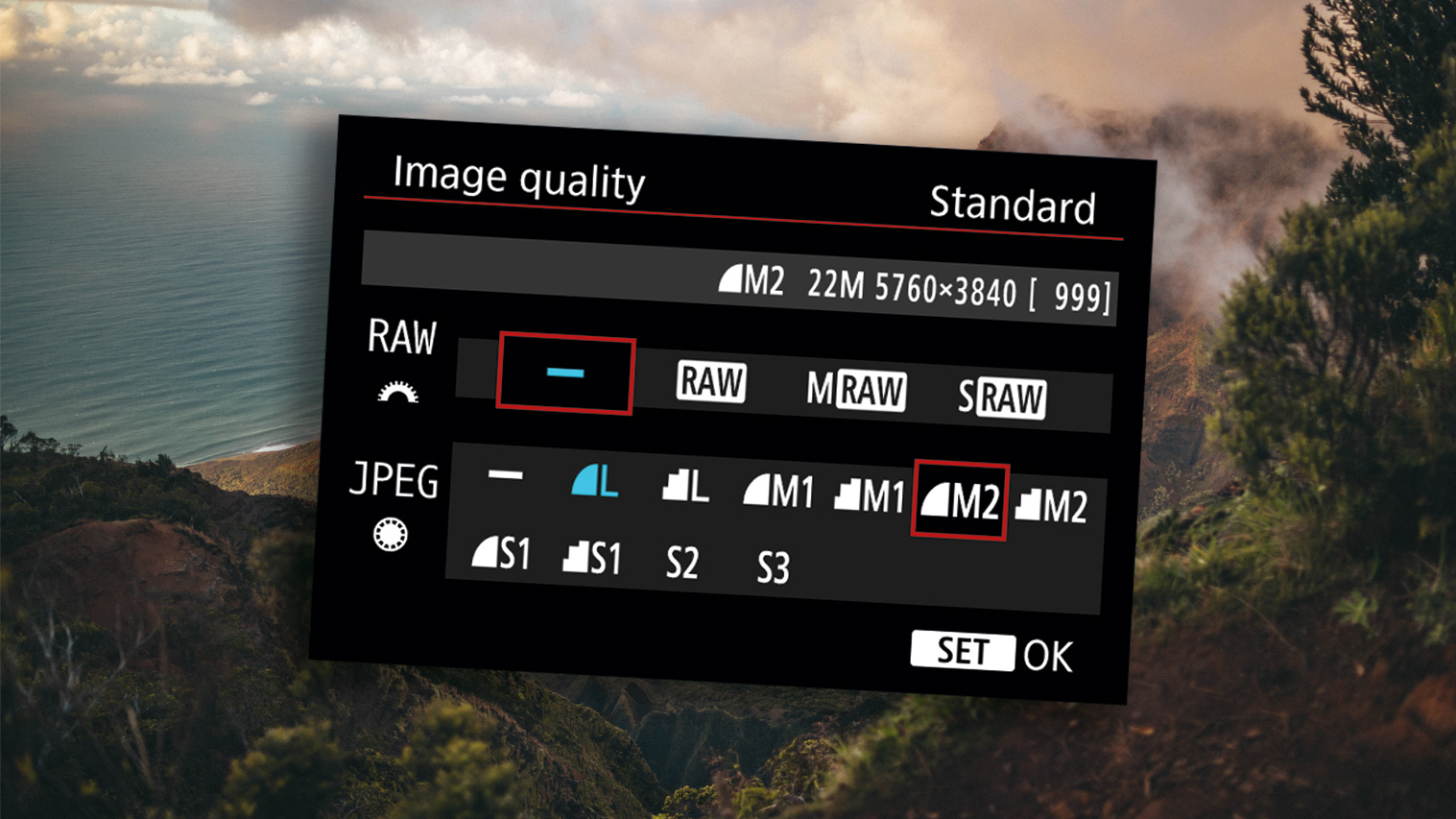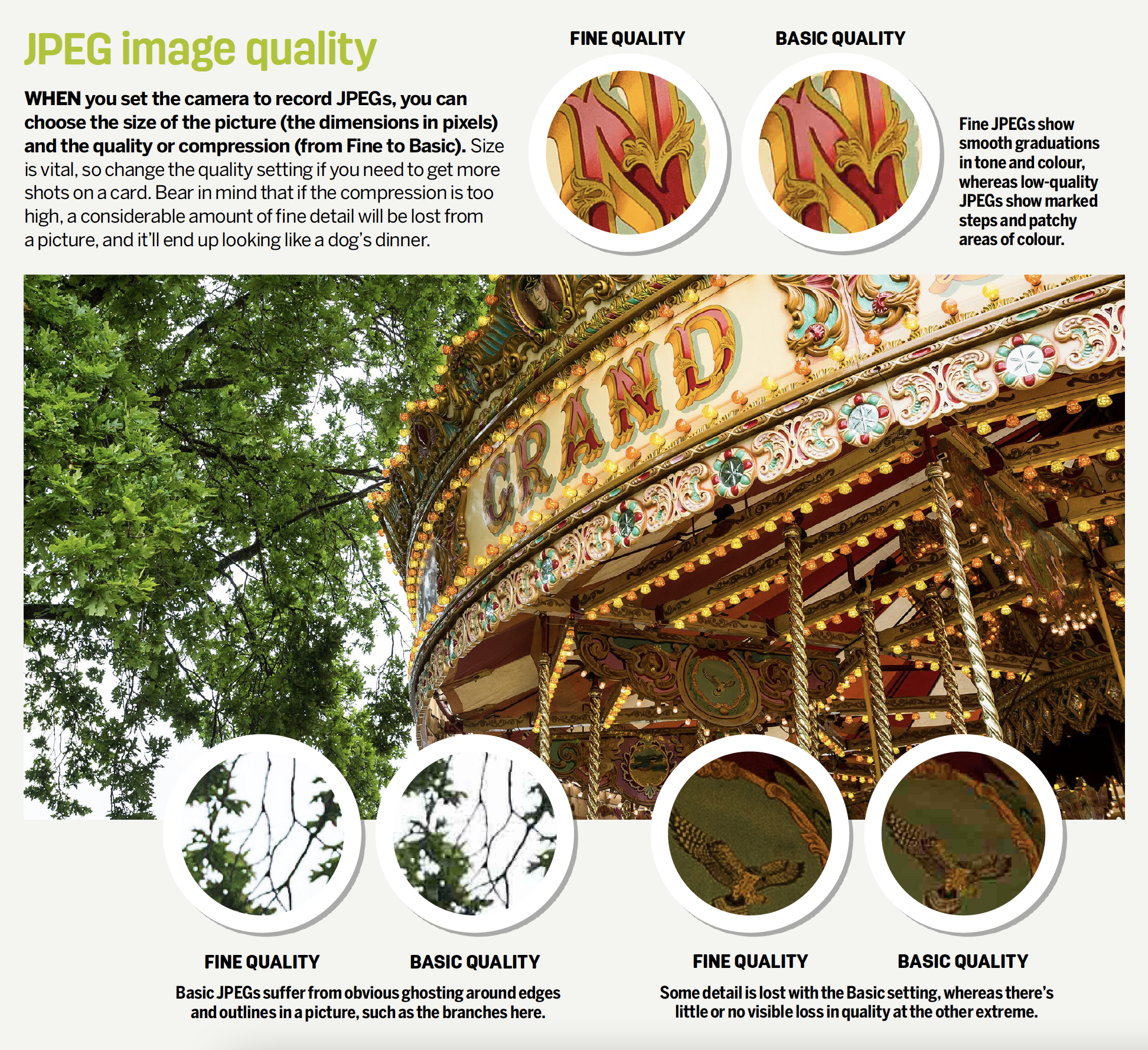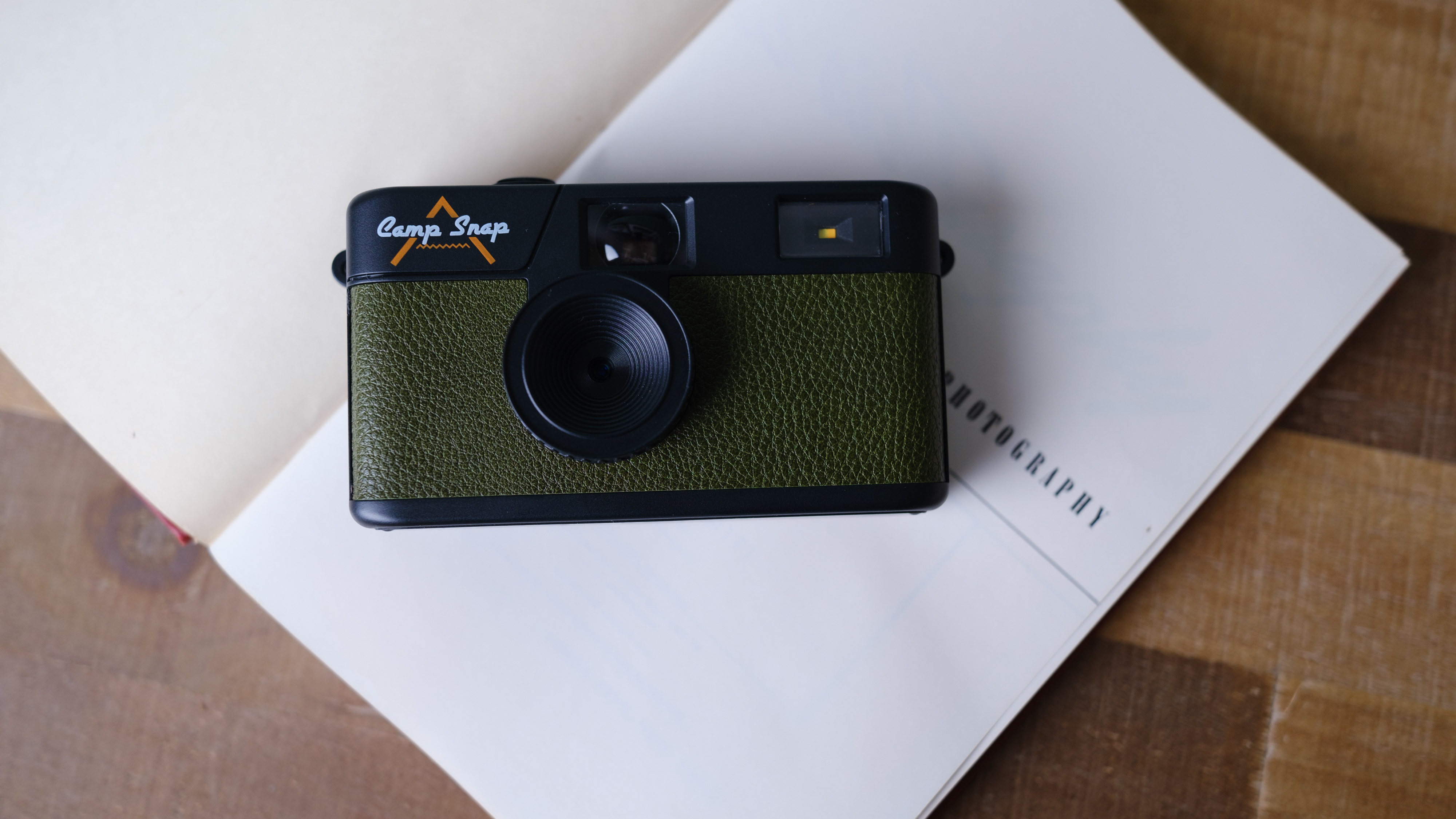RAW vs JPEG images: what's the difference?
Everything you need to know about JPEGs, RAW files and image quality settings

When it comes to setting the image quality on a digital camera, you'll typically be given two options: RAW or JPEG. Here, we'll look at the difference between both file types, and when you should ideally use them for the best results.
The standard, straight-out-of-the-box image setting is JPEG. It’s a universally supported file format that doesn’t require specialist photo editing software to open, can be shared and displayed online, and be used to produce prints. JPEG is an acronym for the Joint Photographic Experts Group, the committee of experts that developed the JPEG coding standard.
The other major file format offered by the best DSLRs and mirrorless cameras is RAW. Actually, it’s really ‘raw’, as it's not an acronym. Raw files aren’t even really photos at all – not when you take them, at least. Raw files contain the raw information recorded by the camera’s sensor, along with details of the picture processing parameters that you dialed in on the camera – white balance, color, sharpness – when the raw file was recorded. For this reason, they're often referred to as a "digital negative".
Because a raw file isn’t a picture, it needs to be converted to a standard format like JPEG using raw-processing software – for example Adobe Lightroom CC or Adobe Camera RAW (part of Photoshop CC) – before it can be shared or printed.
Some cameras let you convert a raw file in-camera using a basic set of tools, which enables you to share an image or see how it looks with a different treatment. In fact, this is what happens when you take shots as JPEGs; each image starts life as a raw file, but your camera automatically converts it to a JPEG before saving it to the memory card.
So what are the main differences? Why would you choose JPEG over raw, or vice versa? Let's look at the advantages and disadvantages of each.
The advantage of shooting JPEG images
One benefit of JPEG files over Raw files is that they're smaller in size – not in terms of resolution (a Large Fine JPEG has the same amount of pixels as a raw file), but in terms of the amount of space they take up on a memory card.
Get the Digital Camera World Newsletter
The best camera deals, reviews, product advice, and unmissable photography news, direct to your inbox!
The reason for this is that JPEG uses lossy compression, which means some image detail is lost in order to produce smaller file sizes. You can adjust the strength of the compression on the camera: the greater the compression, the more pictures you can squeeze onto a card, but at the expense of overall image quality.
If you're a sports or news photographer needing to transfer images quickly, it might make sense to shoot JPEG images with smaller file sizes.

The disadvantage of shooting JPEG images
Your choice of camera settings are permanently applied to a JPEG image file. While you can to some extent correct errors in exposure and color later in photo-editing software, that involves reprocessing an image that’s already been processed once, when it was converted from a raw file to a JPEG and then compressed. When you process a raw file, you’re starting with the original source material, and that gives you a better starting point for any future edits.
The advantage of a RAW file over JPEG
They might eat up more space on your memory card or hard drive, but raw files give you the ultimate in quality
The big advantage that a raw file has over a JPEG is that it gives you the best possible image quality and provides a safety net should you not quite nail the exposure or white balance when you take the shot. The photographer’s skill always plays a big part though, and raw format doesn't guarantee great composition, lighting or choice
of exposure settings – it simply gives you more leeway for editing.
There are limits to what you can do with raw files. You can’t change the three settings that went into making the exposure – aperture, shutter speed and ISO – and you can’t refocus the image. But you can change the digital treatments the camera applies, including white balance, contrast, and sharpening. You can also fine-tune the exposure, similar to the way you can adjust exposure compensation on the camera.
| Header Cell - Column 0 | What RAW can and can’t do |
|---|---|
| ✔ | The extra dynamic range in a RAW file will enable us to pull back some blown highlights, for example in the sky. |
| ✔ | With a RAW file we can experiment later, instead of having to commit to a setting on the spot. |
| ✔ | With a RAW file we can export a 16-bit TIFF, which will stand up much better to tonal manipulation later on. |
| ✗ | RAW files won’t help you with physical settings like the shutter speed, aperture, or focus point – you have to get these right at the start. |
| ✗ | You can’t change the ISO later because this is applied to the analogue light values before the RAW file is even created. |
| ✗ | A RAW file won’t automatically give you better colours and tones than a JPEG. In fact, you will almost certainly have to carry out some editing work. |
The disadvantage of a RAW file over JPEG
One of the drawbacks of shooting raw files is that it eventually slows the camera’s continuous shooting speed if you shoot in long bursts. Raw files are larger than compressed JPEGs, and while one of the best professional cameras might be able to shoot a vast amount of JPEGs at its top continuous shooting speed, there’s a limit to how many raw files it can shoot in succession.
You might also like more of our photography cheat sheets on camera settings and popular techniques.

Lauren is a writer, reviewer, and photographer with ten years of experience in the camera industry. She's the former Managing Editor of Digital Camera World, and previously served as Editor of Digital Photographer magazine, Technique editor for PhotoPlus: The Canon Magazine, and Deputy Editor of our sister publication, Digital Camera Magazine. An experienced journalist and freelance photographer, Lauren also has bylines at Tech Radar, Space.com, Canon Europe, PCGamesN, T3, Stuff, and British Airways' in-flight magazine. When she's not testing gear for DCW, she's probably in the kitchen testing yet another new curry recipe or walking in the Cotswolds with her Flat-coated Retriever.
- Rod LawtonContributor
- Marcus HawkinsPhoto expert and journalist
